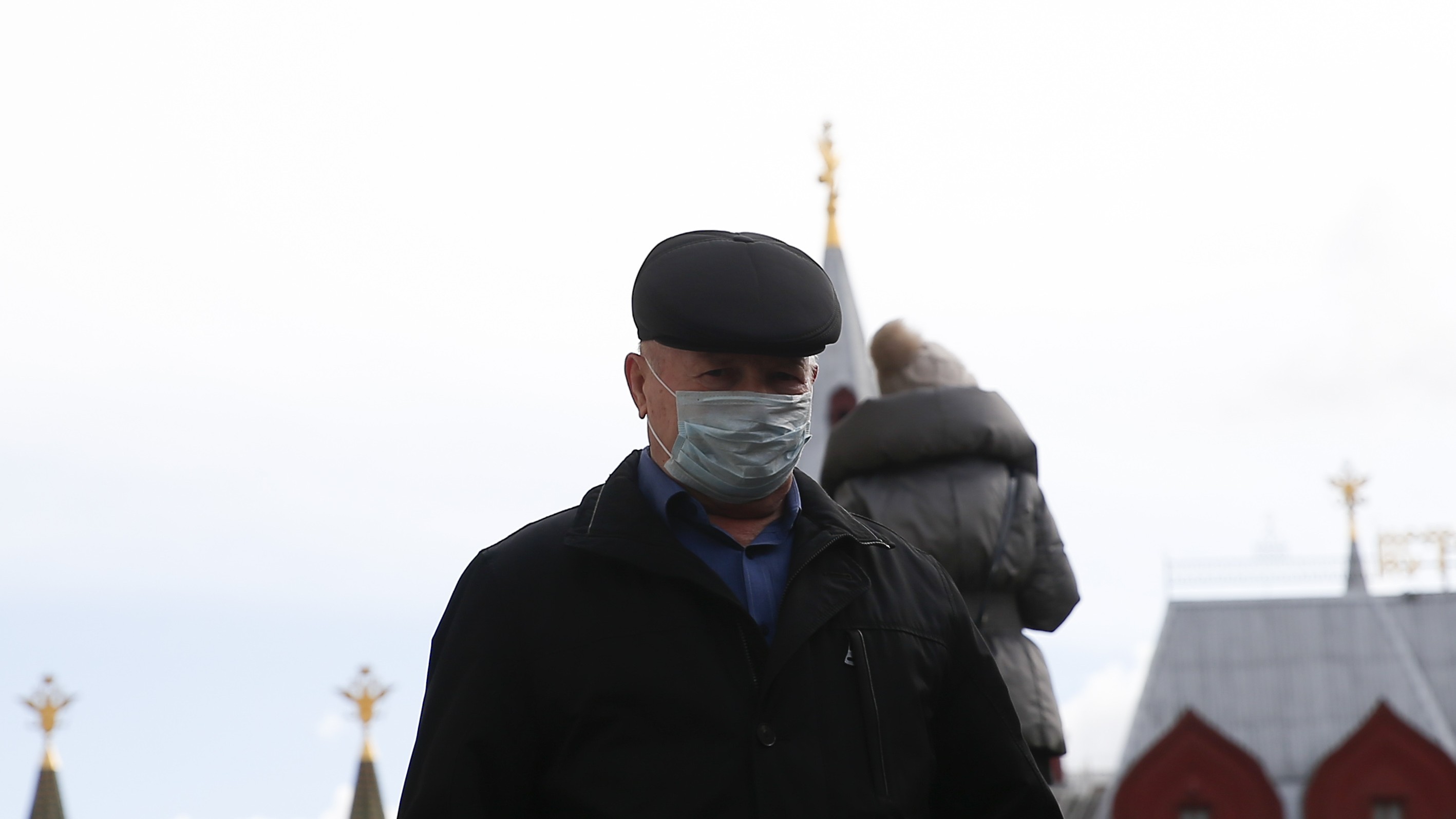With all the gyms in Los Angeles closed on Monday by city government decree, Angelo Mike, a 34-year-old filmmaker who’s currently living out of his car, had nowhere to shower. So he woke up early in the strip mall parking lot where he spent the night to give himself an improvised shower using a bottle of water, soap and a towel, thinking that it would be early enough in the morning to avoid the glares of any passersby. But what he didn’t plan for was that coronavirus panic had spawned crowds outside the shopping center that morning.
Advertisement
“I’m a little embarrassed because there’s already fucking people here,” Mike told the YouTube video diary he keeps before rinsing himself off as a line of shoppers idled nearby waiting for Target to open. “If anyone in the L.A. area has a shower I can use,” he pleaded to his camera, “let me know. I take very quick showers.”People without homes still need to do the same things as everyone else. They have to go to the bathroom, change clothes, exercise and shower; many of them have to get ready to go to work. But all of these tasks become much more challenging when you don't have a house.Public gyms have always come in handy for many of these purposes. These are now closed. People need an indoor place to rest, or somewhere they can use the internet to communicate with family members and service providers or to work—Mike is a video editor—and so they go to public libraries. These are also now closed.Some people get their meals from passersby on their way to or from work—a stream of people that’s considerably calmed, with many businesses ordering employees to work from home or shutting down entirely. Others get their meals from food banks, many of which have been seeing shortages of food donations due to grocery stores selling out of items faster than usual. Still others buy food with money made from part-time, unofficial jobs like selling street newspapers or lugging recyclable materials across town to reclamation centers, but those income streams are drying up: Bay Area street papers have gone on hiatus and recycling centers are now also closing.
As coronavirus containment bans and shelter-in-place regulations expand across the U.S., those with or without symptoms are being advised to self-isolate in their own homes to stop the spread. However, the obvious group missing from that dictum are those without homes. Instead, what we’re seeing now is how decades in cuts to federal spending to halt homelessness has created a system on the brink of collapse.
The places homeless people normally rely on are closed
Advertisement
“There are many people who simply don’t know what to do,” said Amber Whitson, who lives in an RV in Berkeley, California. “Berkeley will surely have deaths on their hands if they don’t provide a way for people to support themselves now that they have no way to earn a living.”In New York City, school closures have altered the day-to-day lives of the over 114,000 students with unstable housing. The city has promised students who get their meals from school access to “grab and go” meals, which can be picked up Monday through Friday between 7:30 a.m. and 1:30 p.m., but it’s unclear how long this program will last. And while classes for housed students are largely shifting online, this isn’t an option for those who are living in the New York City shelter system.“Virtual learning is a challenge because none of the shelters have Wi-Fi, and most of the families do not have their own computer or laptop,” said Christine Quinn, president and CEO of Win, the largest provider of shelter and supportive housing for the city’s homeless families. “One of the reasons [Mayor Bill de Blasio] gave for not closing the schools as quickly as other cities was concerns about how to deal with the special challenges of homeless children who he’s so frequently referenced as his priority. Quite frankly, all of this should have been resolved before they closed the schools.” (Quinn, a former New York City Council speaker, ran against de Blasio in the 2013 mayoral election.)
Shelters and other services can't fill in the gaps
Advertisement
Many homeless adults spend their daytime hours in “drop-in centers,” which give people access to showers, food and healthcare professionals. Sometimes they are simply a place to stay warm or cool, depending on the season. But as worries over the virus spread, these auxiliary services have been closing, putting a further strain on an already-taxed system. “One big drop-in center shut down entirely, and now we’re feeling a surge of those clients come to us,” said Alex Rogue, president of the Ali Forney Center, a community center in New York City that focuses assistance on LGBTQ homeless youth. “Working to figure out staffing has been a big concern. What will happen if there’s a mass callout of staff?”The Providence Community Care Center in Olympia, Washington, has a day room and outdoor space that offers people dropping-in access to clinical exam rooms, handwashing stations, showers and laundry, a phone, an address where they can receive mail and a bag check, so that if people have appointments elsewhere they don’t have to haul their belongings along with them. On average, the site sees a few hundred people per day. But last Thursday, Providence sent out an email announcing the closure of these spaces after a confirmed positive case of COVID-19 “in our community.” They don’t know when they’ll reopen.“It looks like our healthcare system is abandoning our folks,” said Phil Owen, the executive director of SideWalk, a nonprofit that partners with Providence. “If coronavirus spreads the way it is anticipated—and people we serve typically already have significant chronic health conditions, as they sleep outdoors in the cold and don’t have access to proper hygiene—it’s going to kill a lot of people.”
Advertisement

Shelters can also be places where the virus spreads
Advertisement
“The model of sheltering that we’ve chosen is going to create more problems, and that’s unfortunate because it will cost people’s lives,” said David Gillanders, executive director of Pathways of Hope, a homelessness service in Orange County, California. “People are legit to be fearful right now.”Without use of the shelters—either because they’re closing, or because they’re perceived as places that can be contaminated and therefore people don’t want to use them—all that’s left, as usual, are the streets. And, as of now at least, police in major metro areas are still patrolling and telling folks to keep moving along.“While folks are having to 'shelter in place' in their apartments and houses,” said Kelley Cutler, the human rights coordinator for San Francisco’s Coalition on Homelessness, on Twitter, “folks who are unsheltered still can't even sit down to rest without law enforcement telling them to go away."Sign up for our newsletter to get the best of VICE delivered to your inbox daily.Follow Rick Paulas on Twitter.
